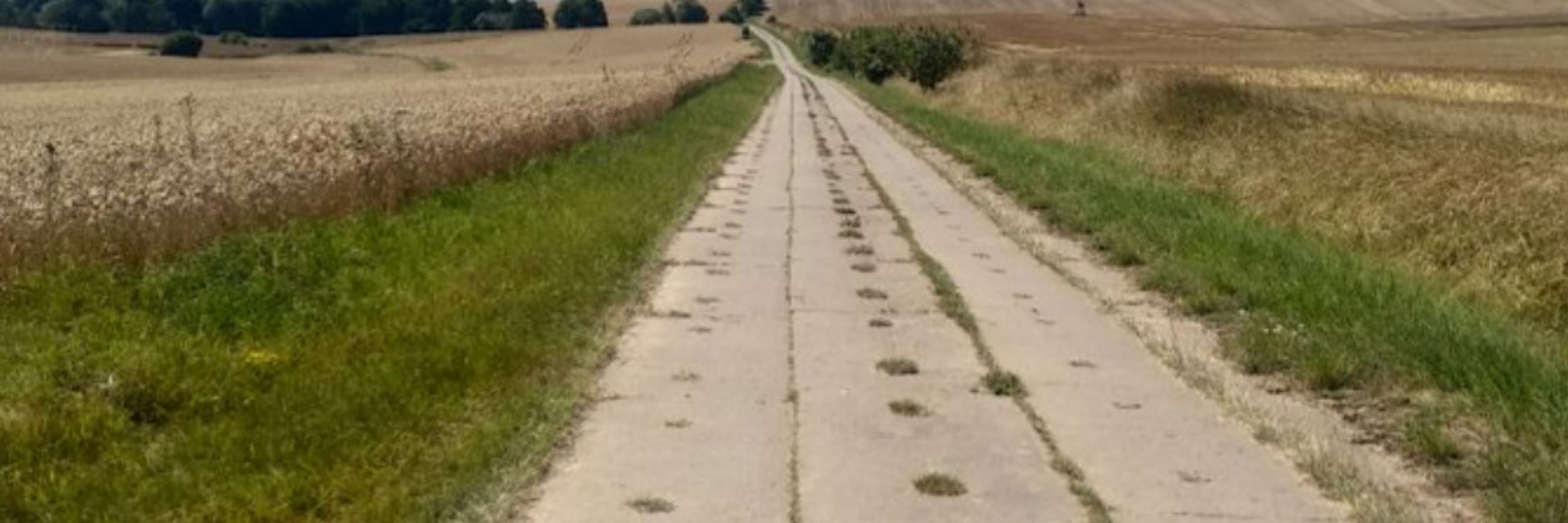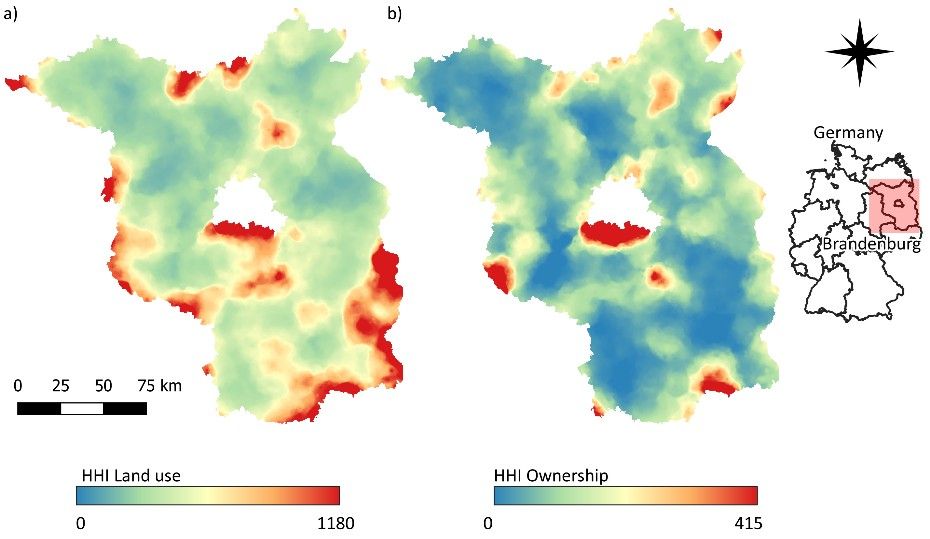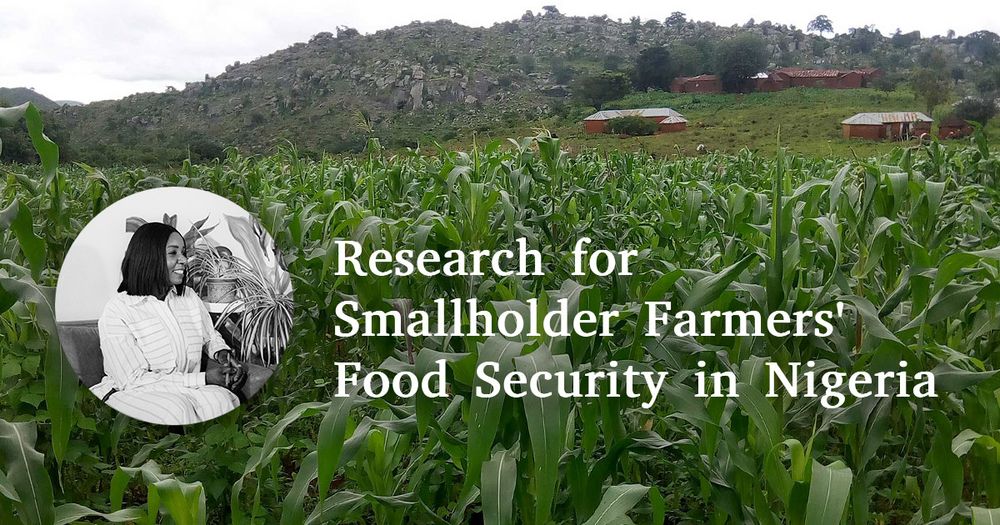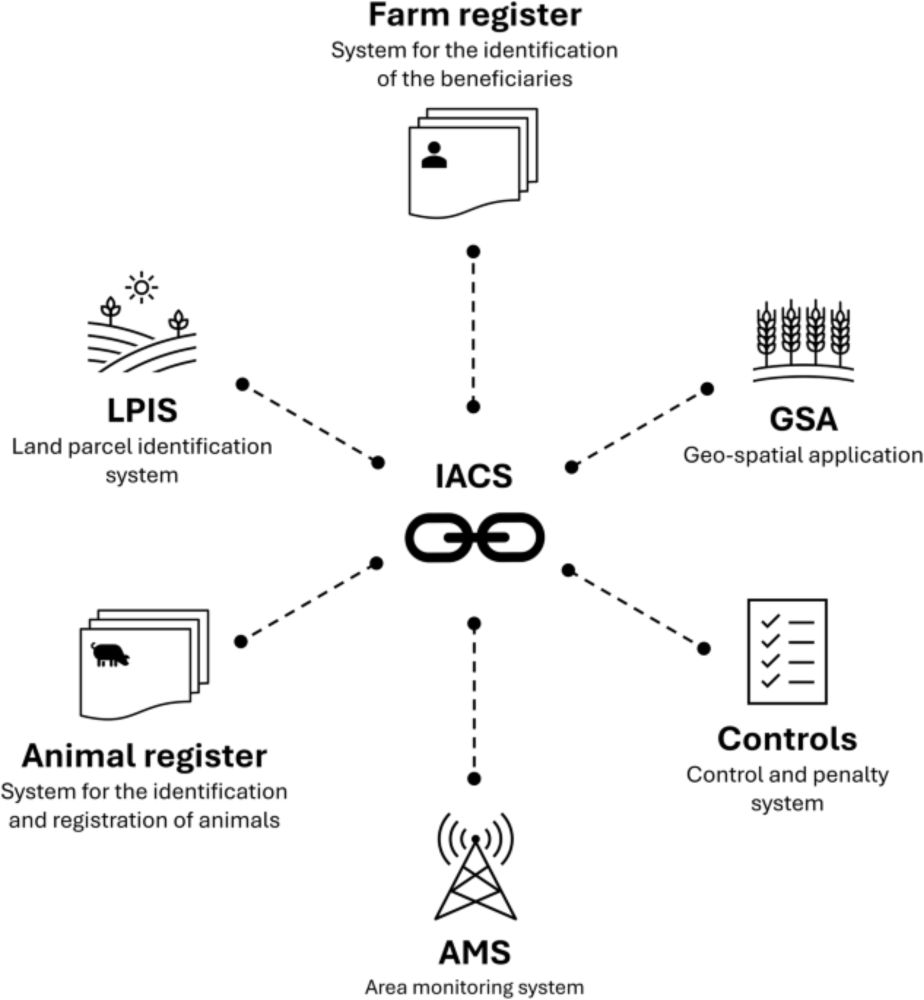C. Jänicke
@cjaenicke.bsky.social
170 followers
260 following
19 posts
Research associate at Leibniz Institute of Agricultural Development in Transition Economies (IAMO) and PhD candidate at Humboldt Universität zu Berlin. I am studying land systems with a focus on agricultural land use and land ownership patterns.
Posts
Media
Videos
Starter Packs
Reposted by C. Jänicke
Reposted by C. Jänicke
Reposted by C. Jänicke
Reposted by C. Jänicke
Akrotelm 🌾
@akrotelm.bsky.social
· Mar 20
Reposted by C. Jänicke
Reposted by C. Jänicke
Reposted by C. Jänicke
C. Jänicke
@cjaenicke.bsky.social
· Dec 11
C. Jänicke
@cjaenicke.bsky.social
· Dec 11
Reposted by C. Jänicke
C. Jänicke
@cjaenicke.bsky.social
· Jun 12
C. Jänicke
@cjaenicke.bsky.social
· Jun 12
C. Jänicke
@cjaenicke.bsky.social
· Jun 12
C. Jänicke
@cjaenicke.bsky.social
· Jun 12
C. Jänicke
@cjaenicke.bsky.social
· Jun 12
C. Jänicke
@cjaenicke.bsky.social
· Jun 12

Revealing agricultural land ownership concentration with cadastral and company network data - Agriculture and Human Values
In many high-income countries, agricultural land is highly concentrated in a few hands, but detailed knowledge of ownership structures is limited. We examined land ownership structures and agricultura...
doi.org
Reposted by C. Jänicke
C. Jänicke
@cjaenicke.bsky.social
· May 7









